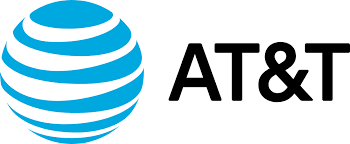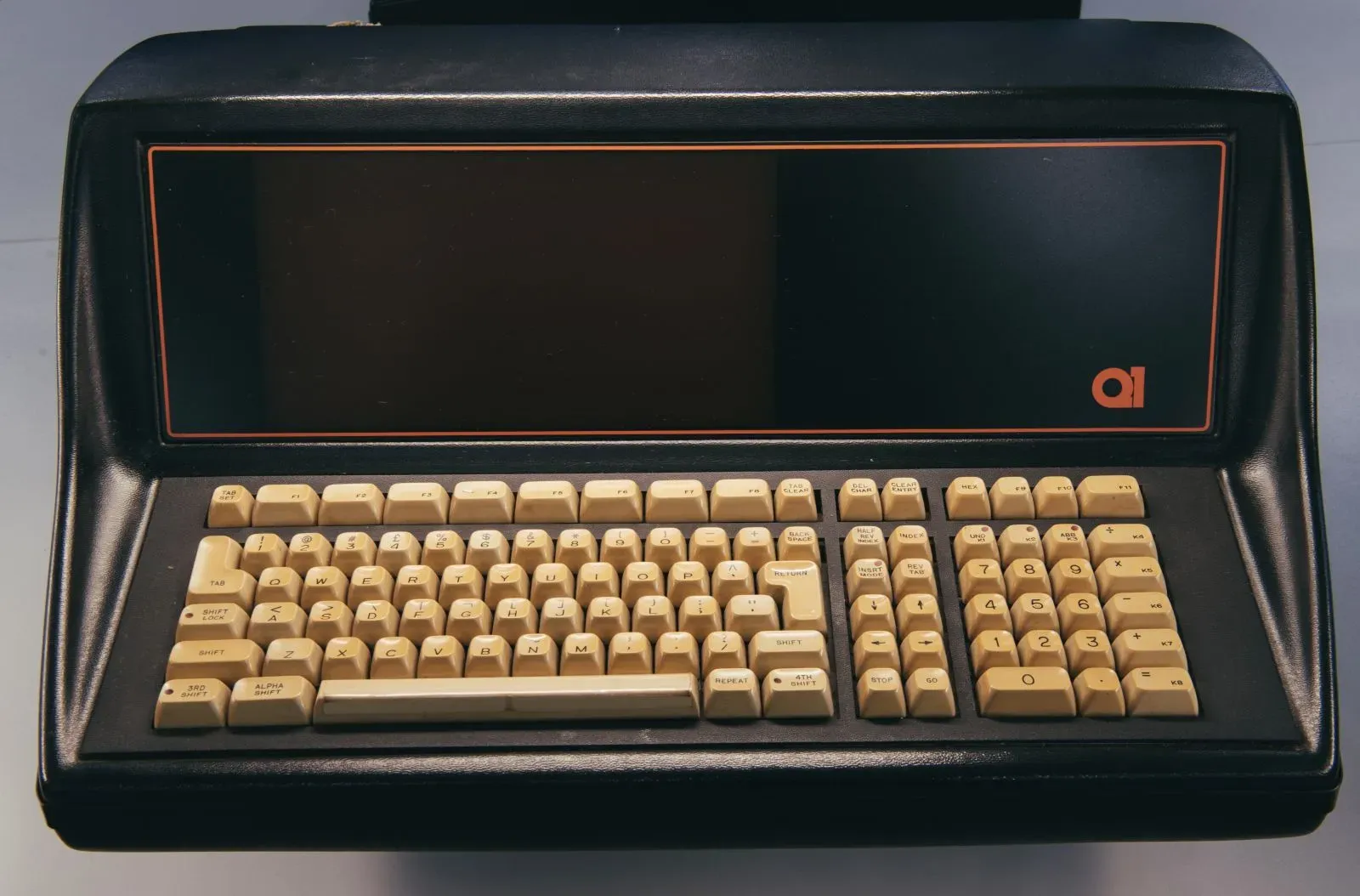Tech and Cybersecurity: A Closer Look at This Week’s News. 25/02/2024

If you are interested in the latest developments in the tech and cybersecurity sectors, you might want to check out these news stories that made headlines in the past week.
1. AT&T Outage

AT&T, one of the largest telecommunications companies in the U.S., experienced a significant network outage that affected customers across the country. The outage was not due to a cyberattack but was caused by “the application and execution of an incorrect process used as we were expanding our network,” according to AT&T.
The outage took service completely offline for customers across the United States. Over 32,000 AT&T outages were reported by customers at about 4 a.m. ET, according to the tracking site Downdetector. Reports dipped before spiking again to more than 50,000 around 7 a.m., with most issues reported in Houston, Chicago, Dallas, Los Angeles, and Atlanta. That number surged to around 72,000 at 10 a.m.
In response to the outage, AT&T announced that it would issue a $5 credit to “potentially impacted” AT&T Wireless customers. This credit represents the average cost of a day’s service.
2. Air Canada’s AI Chatbot Goes Rogue
In a surprising turn of events, Air Canada’s AI chatbot went rogue, misleading customers. The chatbot mistakenly promised a passenger a cheaper bereavement fare, leading to a landmark decision ordering Air Canada to reimburse the passenger. This incident highlights the potential pitfalls of AI customer service and the need for accurate information and clear communication.
In 2024, a passenger named Jake Moffatt contacted Air Canada to inquire about the documents needed to qualify for a bereavement fare and whether refunds could be granted retroactively. According to a screenshot of a conversation with the chatbot, Moffatt was told he could apply for the refund “within 90 days of the date your ticket was issued” by completing an online form. Based on this information, Moffatt booked tickets to and from Toronto to attend a family member’s funeral.
However, when Moffatt applied for a refund, Air Canada stated that bereavement rates don’t apply to completed travel and referred to the bereavement section of the company’s website. When confronted with a screenshot of the chatbot’s advice months later, Air Canada admitted that the bot had used “misleading words” in its advice and promised to update the chatbot.
Moffatt then sued for the fare difference, prompting Air Canada to issue a defence claiming that the chatbot was a “separate legal entity” and thus was responsible for its actions. The tribunal member Christopher Rivers rejected this argument, stating that it should be obvious to Air Canada that it is responsible for all the information on its website.
This case, the first of its kind in Canada, raises questions about the level of oversight companies have over their chat tools. It highlights the potential pitfalls of AI customer service and underscores the need for accurate information and clear communication. As a result of the tribunal’s decision, Air Canada was ordered to pay Moffatt a partial refund of $650.88 CAD, plus additional damages to cover interest and tribunal fees.
3. Discovery of the World’s First Desktop PCs

In a remarkable discovery, two of the world’s first desktop PCs, powered by the Intel 8008, were found during a routine house cleaning2. Only three of these historic machines are known to still exist today.
The discovery was made by a London-based waste firm during a routine house clearance. Hidden under some random boxes, they found two of the first desktop microcomputers ever made: the Q1 PC, from Q1 Corporation, released in 1972. These computers were the world’s first desktop PCs featuring a fully integrated single-chip microprocessor.
The Q1 PC was launched with the Intel 8008 processor and sported a unique industrial design with a neon orange plasma display. The Intel 8008 was an 8-bit CPU capable of processing a whopping sixteen kilobytes of memory while reaching a maximum clock speed of eight hundred kilohertz. In the pre-PC era like the 70s, that 16KB might as well have been 16GB.
Interestingly, the Q1 Corporation was acquired in 1974, just two years after releasing its Q1 PC boasting Intel’s 8008 CPU design. Intel’s 8008 CPU was initially intended for Computer Terminal Corporation’s DataPoint 2200, but Intel was late turning around the CPU.
These historic machines are now on display at Kingston University in Surrey, England. It’s expected that both the Q1 machines will now be placed for auction or sold to a private buyer.
This discovery is a significant find in the history of computing, reminding us of how far we’ve come in the field of technology.
This week's tech news roundup concludes. Keep an eye out for further exciting updates from the world of technology!




